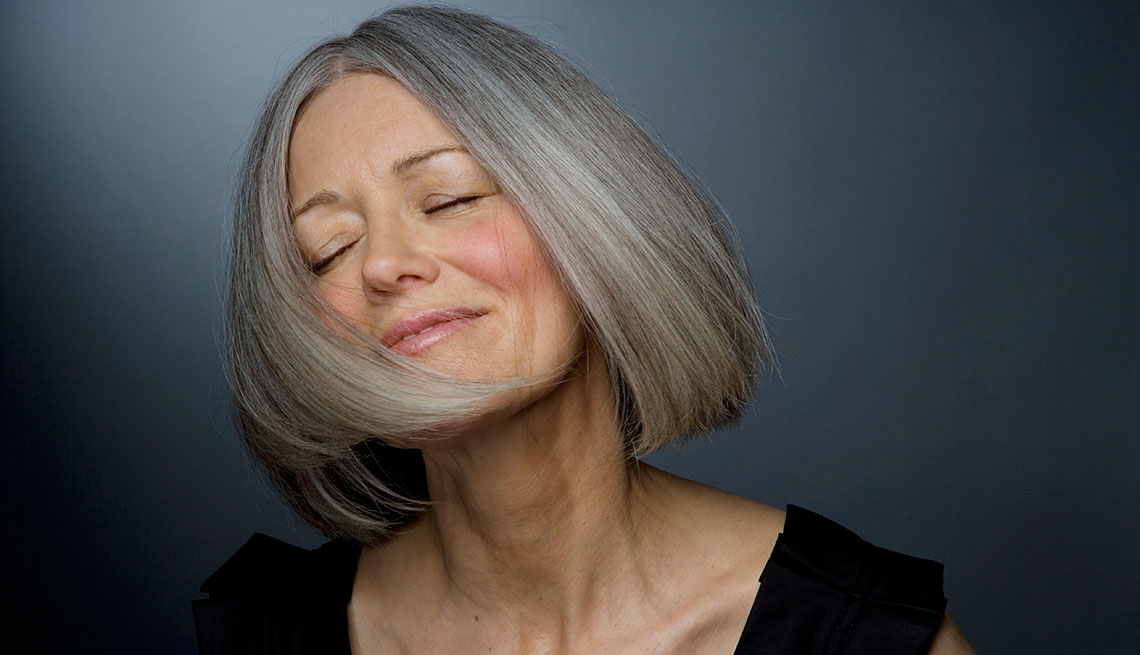
- Select a language for the TTS:
- UK English Female
- UK English Male
- US English Female
- US English Male
- Australian Female
- Australian Male
- Language selected: (auto detect) - EN
Play all audios:
While many of us only focus on the aesthetic pleasure of having flowing shiny locks, the fact is that dull, limp strands, or hair loss, can sometimes indicate a health issue. Here are a few
conditions to watch out for: HAIR LOSS AND GRAYING While thinning and graying hair can be a standard part of aging for both women and men, a recent study of 2,000 men in India showed that
participants who had coronary artery disease were more likely to be prematurely bald or gray. The study, conducted by the European Society of Cardiology on men under 40, discovered that the
50 percent of participants with coronary artery disease were more likely to have gone prematurely gray, versus 30 percent of a healthy control group, the BBC reports. The participants in the
heart condition group were also more likely (49 percent) to have male pattern baldness, compared with those in the healthy group (27 percent). Metabolic or hormonal stress and certain
medications can cause hair loss, especially if it is sudden. This condition is called Telogen effluvium, according to Medscape. In a majority of cases, new hair starts growing within six
months, but longer durations of the condition also exist. BRITTLE, DRY HAIR If your hair is dry, brittle and splits easily, you may be getting too much sun exposure, reports WebMD. This is
particularly true for those with blonde or gray hair. If you already have thinning hair you are also at greater risk for sunburn on your scalp. While hair care products with sunscreen
provide some protection, the best bet is to wear a hat made of sun-protective fabric with UPF 30 (ultraviolet protection factor). DULL AND LIMP HAIR For hair to look full and luxurious, it
needs sufficient nutrients. Extreme or crash diets deprive your hair of protein, iron, omega-3 fatty acids and zinc. "Very low-calorie diets are often lacking in sufficient nutrients
and can stunt hair growth or leave hair dull and limp. If the nutritional deficiency is big enough — like for someone with an eating disorder — hair can fall out," according to WebMD.
DANDRUFF Yellow greasy flakes of dandruff could be a sign of seborrheic dermatitis, an inflammatory skin condition that is also quite itchy, reports Self.com. It is often found in
middle-aged and older populations, according to a study published in the _British Journal of Dermatology_. People with this condition may also find patches in their brows, beard and other
areas of the body. It is also linked to Parkinson’s disease or HIV. If you have concerns about consistent issues with your hair, it is always a good idea to talk with your primary care
doctor or dermatologist.







